Colour Field Painting – painting large areas in a more or less flat single colour
Note: This describes the work of abstract painters working in the 1950s and 1960s, such as Mark Rothko.
To remember what colour field painting is, recall the following mnemonic:
The colour of the field needed painting (colour field pattern) so she added just one, flat colour.
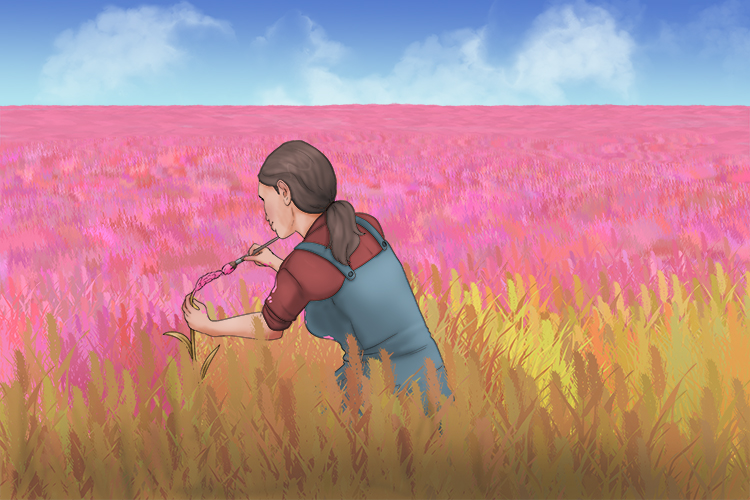
Colour field painting is a simple, yet effective art form, it prioritises the colour as the subject, rather than the brush strokes or action. It can require very little effort but has striking results.

Orange and Yellow, 1956, Mark Rothko.
According to researchers, Rothko altered the characteristics of oil paints to obtain the flow, drying time, and colours he required, using ingredients considerably outside the typical range provided for painters. He combined conventional materials like egg, glue, and dammar resin with synthetic ones like oil-modified alkyd and acrylic resins. Because these materials dry quickly, he was able to apply additional layers within a few hours. The mixes' viscosity was raised by resins so that paintings may be diluted without losing their cohesiveness. To keep his layers from melding together, Rothko also used phenol formaldehyde. Each painting is unique in terms of the paint composition or the order of the layers, indicating that Rothko experimented frequently.
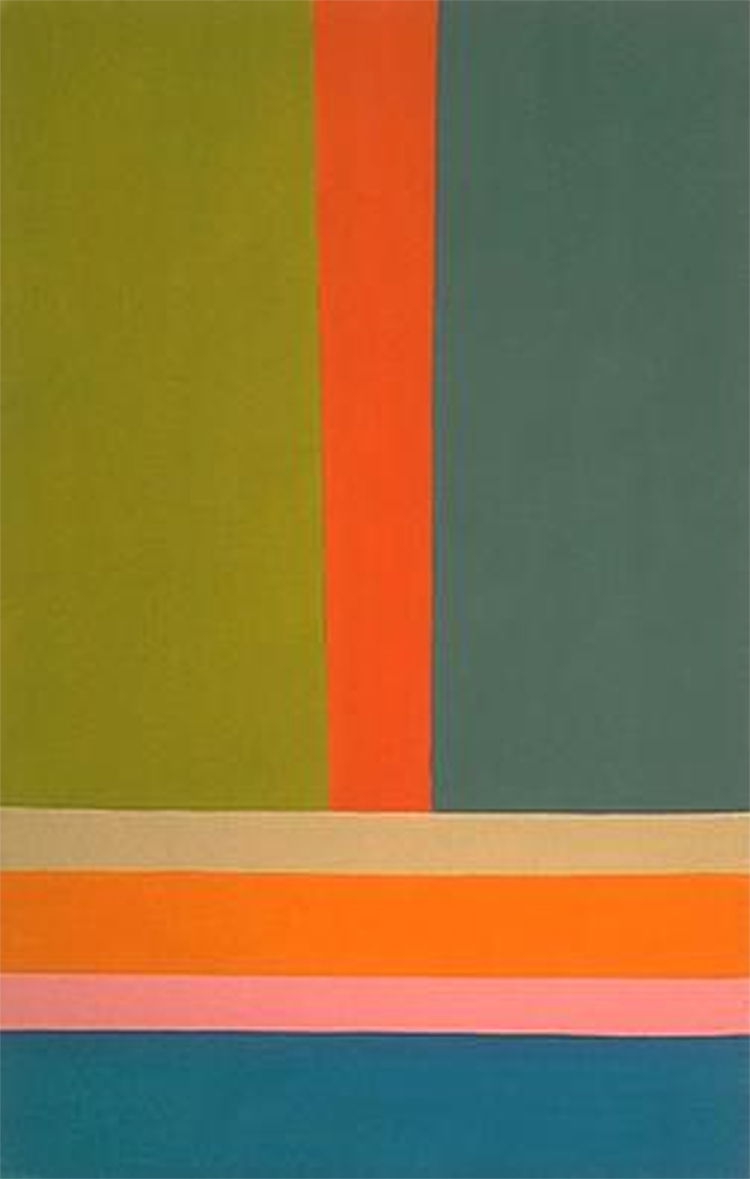
Jack Bush, Big A, 1968.
The foundation of Bush's work is an abstract account of his perspective. Instead of expecting the viewer to recognise his topic or feel the usage of shapes in his paintings, he instead uses slabs and streaks of colour to convey the emotion of that experience.
Colour field painting project 1
For this project, you will need pieces of coloured card (in colours that will contrast nicely with your paint but won't become the main focus of the piece), acrylic paints, paintbrushes, masking tape and you'll need to find a landscape photograph with two to four distinct colours.
We are going to use this photo of a mountain. You can see the light blue of the sky, the blueish grey of the mountain, the dark green of the forest and the golden yellow of the field.
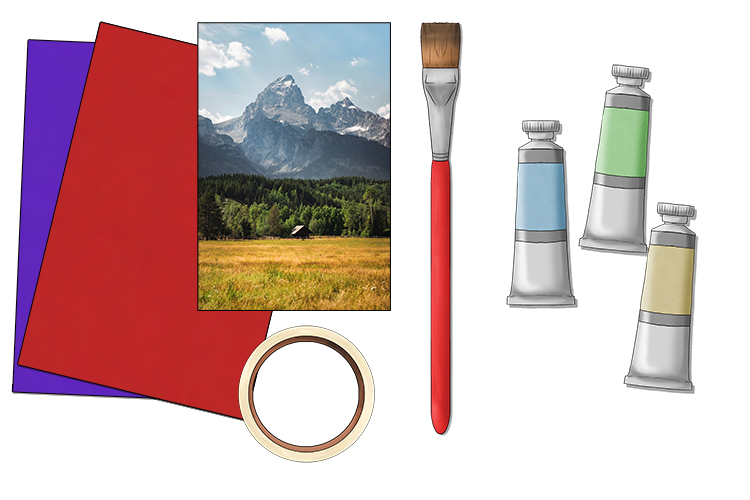
Find the four colours you want to use in your painting. Use the Mammoth Memory value chart to help you mix these colours.
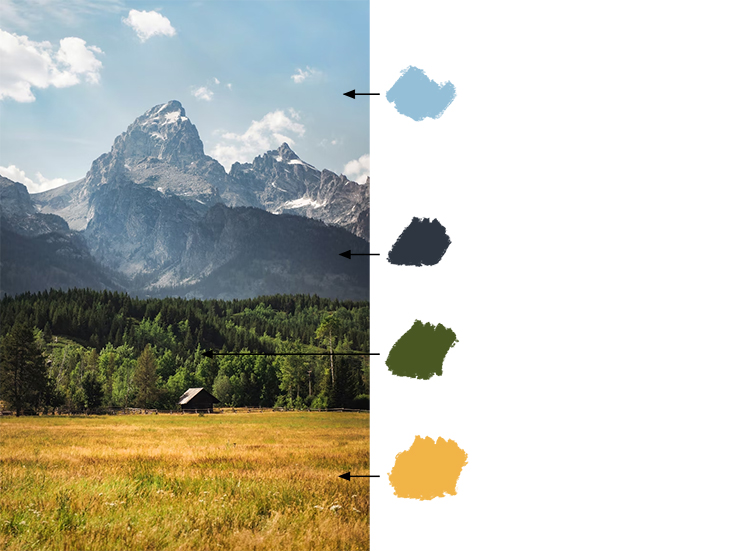
On your coloured card, stick strips of masking tape around the edges and then three thinner strips horizontally across the card. These don't have to be equal distances apart or the same thickness.
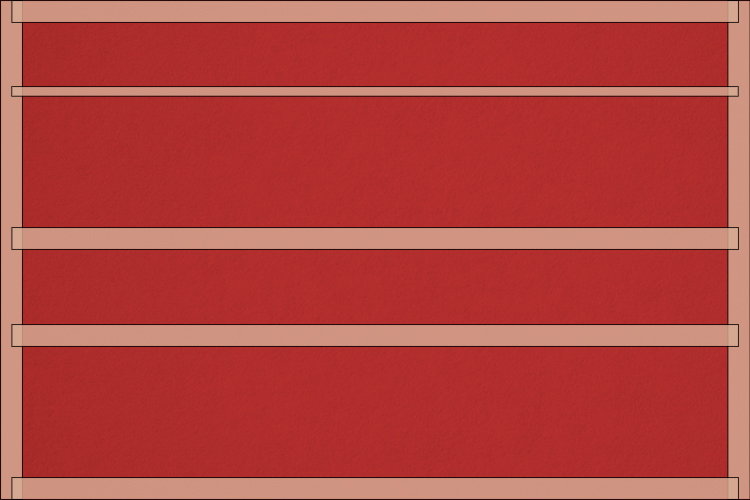
Carefully paint your colours onto the card. Don't worry about painting over the masking tape, but make sure not to stray into the other areas.
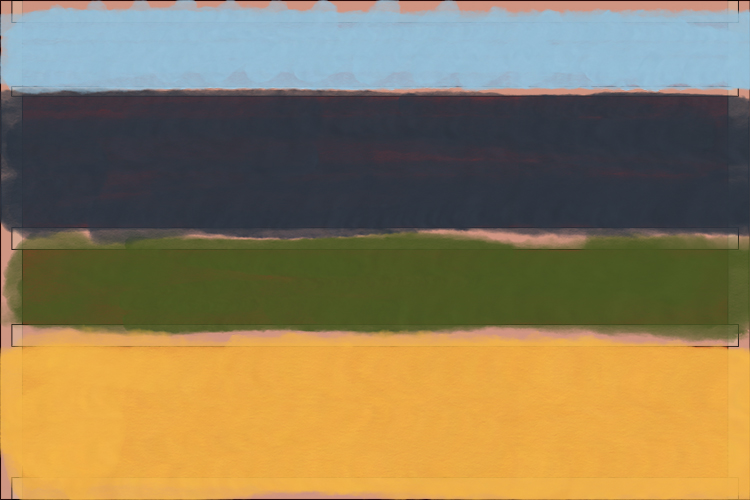
When the paint is dry, peel the masking tape away.

Colour field painting project 2
A colour field painting doesn't have to have sharp edges like the image above. You can also try painting your rectangles freehand and slightly blurring the edges.
Choose your landscape - this time we're only using two colours.
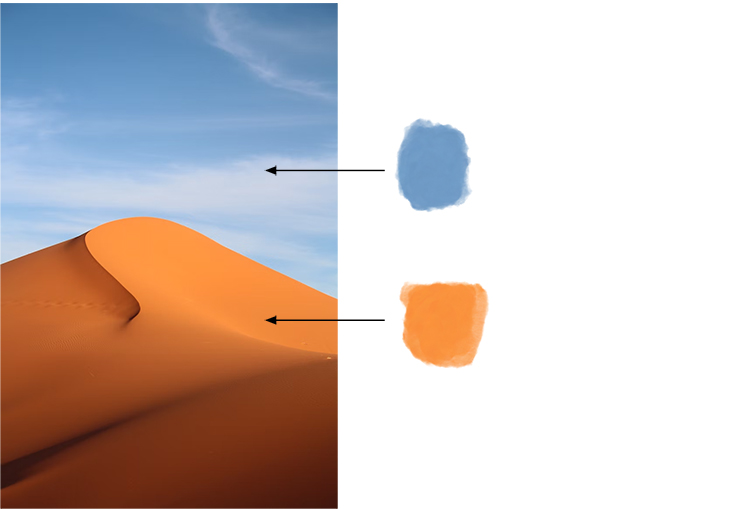
Paint rectangles onto your coloured card.
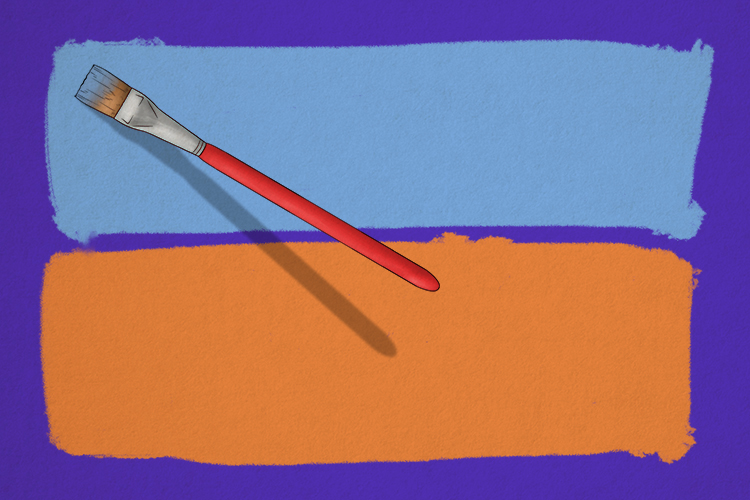
Before the paint dries, wet your brush and go around the edge of the rectangle to blur the lines.
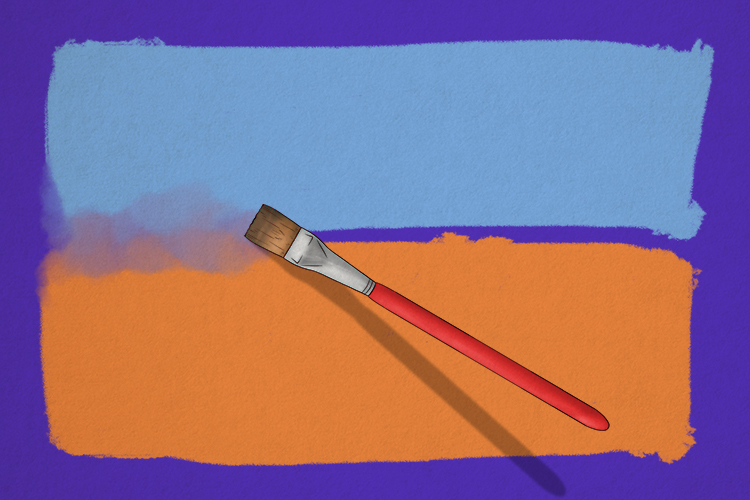
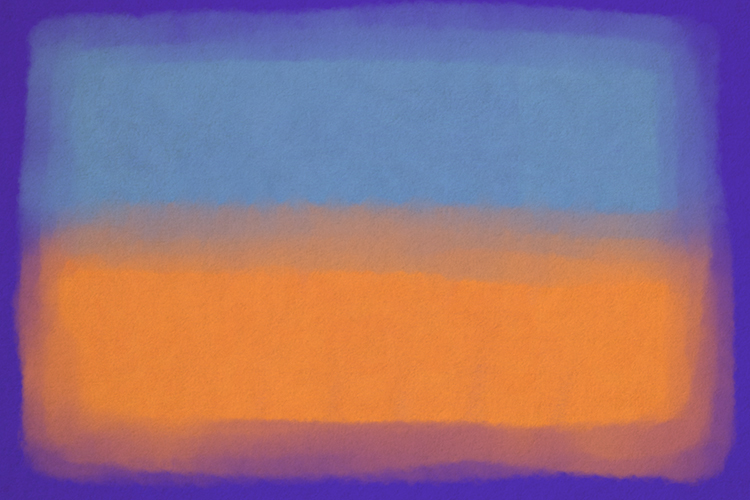
Colour field painting.




